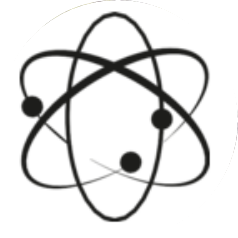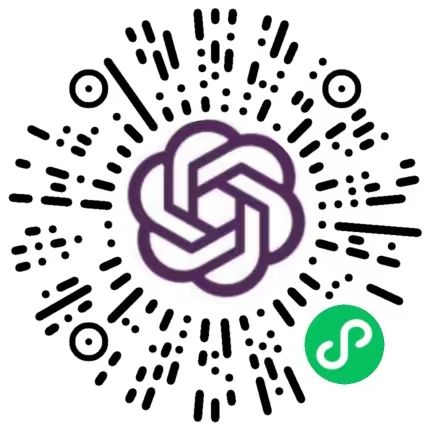This area of psychiatric research and treatment has an unpleasant history to overcome. “Shock treatment,” technically known as electroconvulsive therapy (电休克疗法) or ECT, has been around since the 1930s, but it carries with it an unpopular public image which comes mostly from horrible movies. And in fact, it was in the early days a brutal procedure. But research on the magnetic brain has led to improvements in such treatments, and their use is on the rise. In 1980, 30,000 people received ECT; in 2001, nearly 100,000. Although there are still side effects - headaches and memory problems primarily - the days of bitten tongues, and broken bones are largely a thing of the past. And the response rate, especially for treatment of drug-resistant depression, is as high as 70 percent.
Which statement is true about “Shock treatment”?( )
A.正确答案BIt’s now the most popular mental treatment.
B.It’s becoming less cruel and more effective.
C.It has close relation with the movie industry.
D.It works only with drug-resistant depression.


